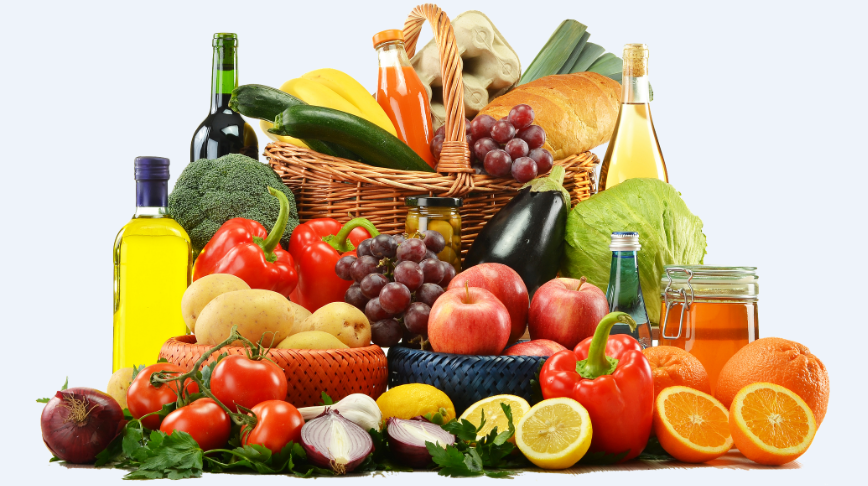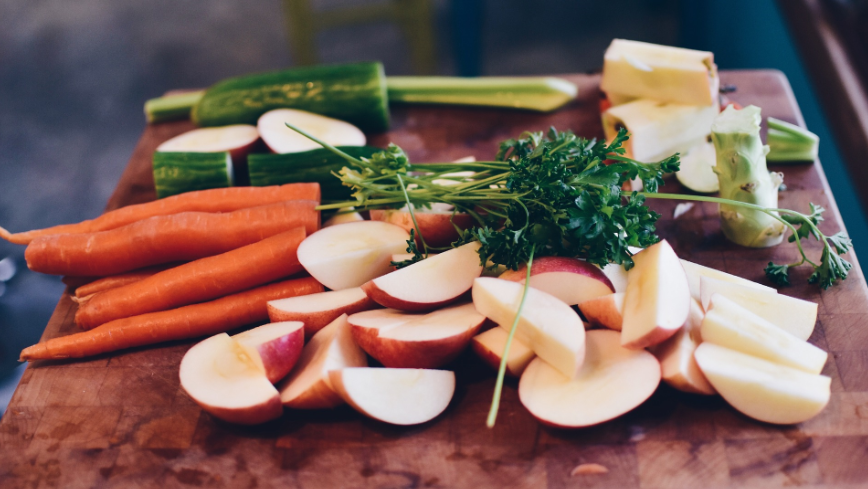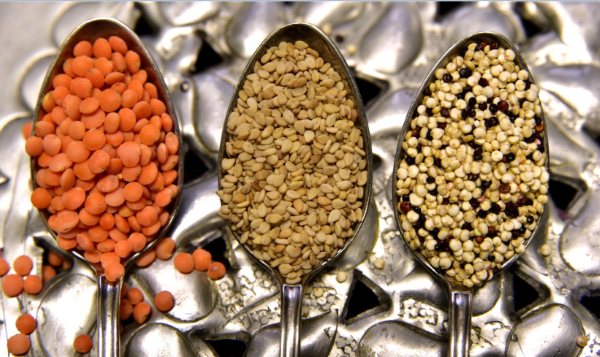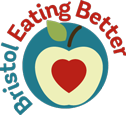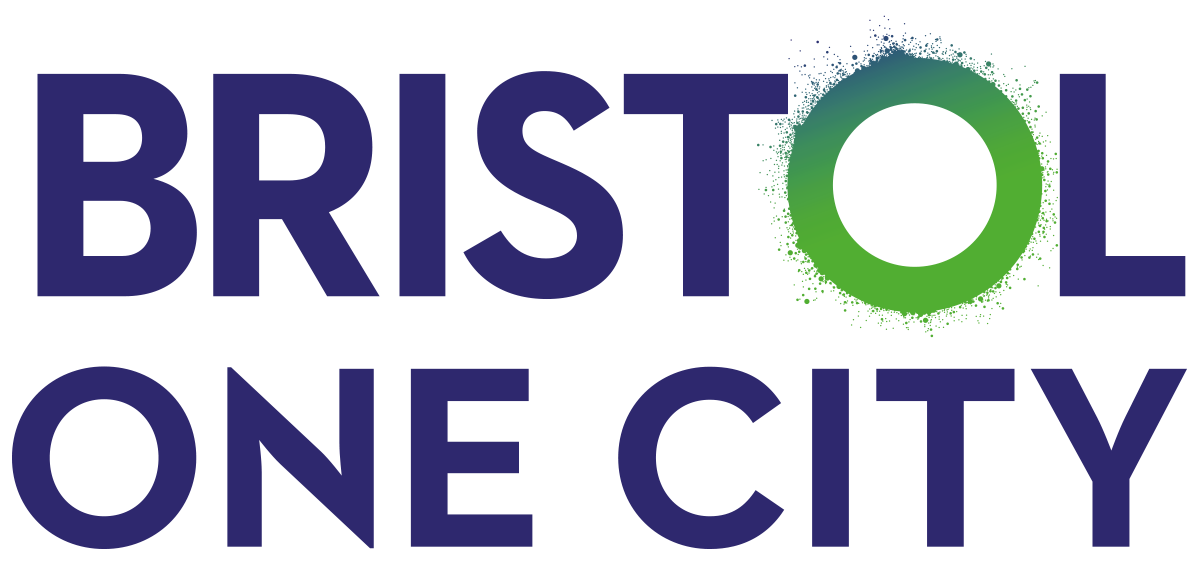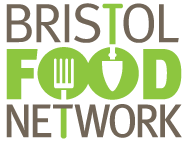Why fruit, vegetables and high fibre foods are important, and how to include them in your food.
Objective 4 of the Bristol Eating Better Award outlines 6 actions you can do to increase the amount of fruit, vegetables and fibre in the food and drink your business sells.
For more detailed guidance about the actions see the pdf guidance document(904 KB) .
Why fruit and vegetables are important
Fruit and vegetables are part of a healthy, balanced diet and should make up just over a third of the food you eat.
Fruit and vegetables:
- are rich in vitamins and minerals that keep the body healthy
- contain antioxidants, such as beta-carotene and vitamin C, that help to protect cells and keep them healthy
- are a good source of fibre which can help control cholesterol levels, help us feel full for longer and keep our bowels healthy
Not eating enough fruit and vegetables is associated with increased risk of several diseases, including heart disease, cancer and stroke.
Recommended fruit and vegetable intake
It is recommended that we eat at least 5 portions of fruit and vegetables every day.
They can be fresh, frozen, canned, dried or juiced. Beans and pulses, such as lentils, also count as one portion.
Fruit juice is high in sugar and although a small amount can be beneficial, too much isn't good for us. The nationally recommended portion size of juice is no more than 150ml a day. Eating a piece of fruit is a healthier option, but it's still high in sugar so it's recommended to limit fruit to two portions a day.
Find more information on the NHS pages on fruit and vegetables Go to https://www.nhs.uk/live-well/eat-well/5-a-day/5-a-day-what-counts/ (opens new window).
Source: Public Health England, National Diet and Nutrition Survey Go to https://assets.publishing.service.gov.uk/government/uploads/system/uploads/attachment_data/file/551352/NDNS_Y5_6_UK_Main_Text.pdf (opens new window) and Government Nutrient Guidelines Go to https://assets.publishing.service.gov.uk/government/uploads/system/uploads/attachment_data/file/618167/government_dietary_recommendations.pdf (opens new window)
Why starchy high fibre foods are important
Starchy foods are an important part of a healthy diet and should also make up just over a third of the food you eat. They're the main source of carbohydrate in our diets and are a good source of energy. Starchy foods include:
- rice
- potatoes
- chapatti
- cereals
Wholegrain food has more fibre and nutrients than white or refined starchy food. We should eat more wholegrain alternatives, such as brown rice, wholegrain pasta and brown bread. We also digest wholegrain food more slowly, so it can help us to feel fuller for longer.
Eating plenty of fibre is associated with a lower risk of heart disease, stroke, type 2 diabetes, and bowel cancer.
Recommended fibre intake
When looking at the amount of fibre in your products, you can compare it to the recommended fibre intakes.
Most people do not eat enough fibre, only having on average 20g a day.
The government recommends that we should consume the following amounts of fibre per day:
- Adults should have 30g.
- Children aged 2 to 5 years old should have about 15g.
- Children aged 5 to 11 years old should have about 20g.
- Children aged 11 to 16 years old should have about 25g.
Find more information on the NHS pages for fibre Go to https://www.nhs.uk/live-well/eat-well/digestive-health/how-to-get-more-fibre-into-your-diet/ (opens new window) and starchy foods Go to https://www.nhs.uk/live-well/eat-well/food-types/starchy-foods-and-carbohydrates/ (opens new window).
Source: Public Health England, National Diet and Nutrition Survey Go to https://assets.publishing.service.gov.uk/government/uploads/system/uploads/attachment_data/file/551352/NDNS_Y5_6_UK_Main_Text.pdf (opens new window) and Government Nutrient Guidelines Go to https://assets.publishing.service.gov.uk/government/uploads/system/uploads/attachment_data/file/618167/government_dietary_recommendations.pdf (opens new window)
Hints and tips to increase the amount of fruit, vegetables and fibre in your menu
You can:
- replace some of the meat in your dishes with vegetables like beans and pulses
- add pureed and minced vegetables
- include plenty of vegetables with meals, either as a side dish or added to sauces, stews or curries
- offer a side salad with your dishes
- sell portions of salad or vegetables as snacks, such as carrot and cucumber sticks with houmous, or pots of cherry tomatoes.
- sell fresh fruit as snacks
- sell more fruit-based desserts, such as portions of strawberries with no added sugar yoghurt
To include more fibre, you can:
- sell wholegrain breakfast cereals
- have wholegrain varieties of bread, scones, chapattis
- leave the skins on vegetables and potatoes
- add pulses like beans, lentils or chickpeas to stews, curries and salads
- sell rye crackers, oatcakes and unsalted nuts or seeds as snacks
Date reviewed: 3 October 2022
